Reportar esta entrada
Más sobre la misma comunidad-colección
El puente en el parque de Memorial
These men are standing under a bridge at Memorial Park. In the ...
Pershing Expedition, Camp Cotton, 1916
Camp Cotton, Texas, a sub-post of Fort Bliss at El Paso, was the ...
Ciudad Juárez, mirando hacia el paso
This photograph shows part of the Border Redevelopment Project ...
Dos pilotos delante de su avión
Two pilots are standing in front of their airplane, around 1916. ...
Lago del parque Washington Park El Paso, Tejas
The image shows the lake at Washington Park El Paso Texas in ...
Picnic en el parque de Washington - 1910
A group of people having a picnic in the Washington Park El ...

















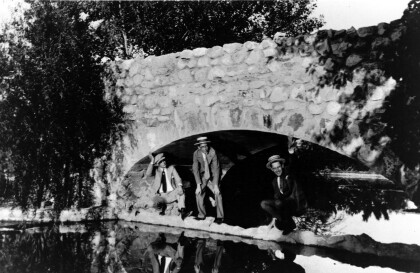
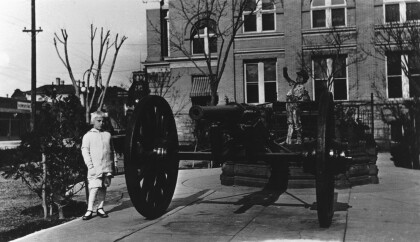
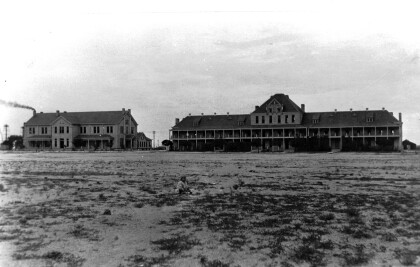
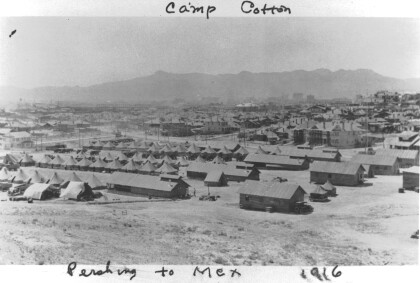
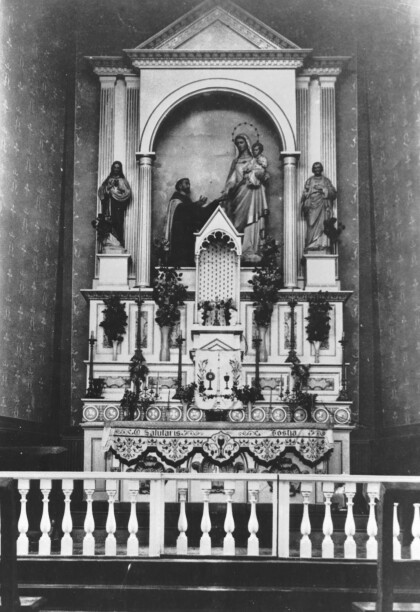
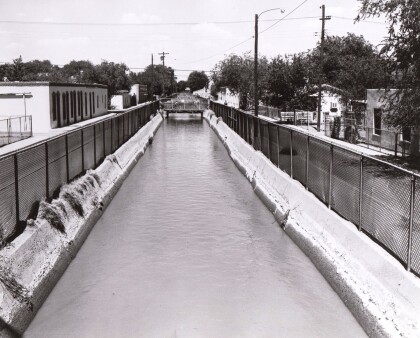
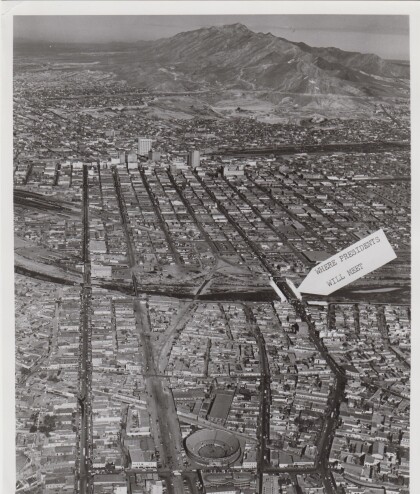
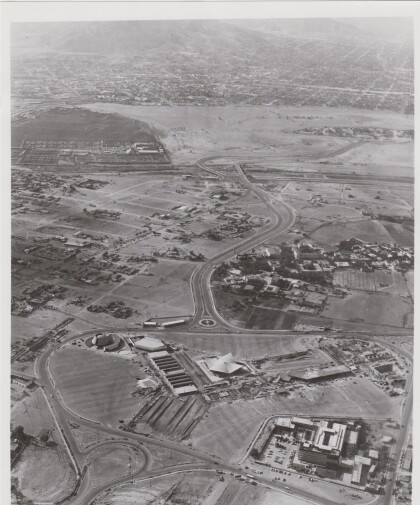
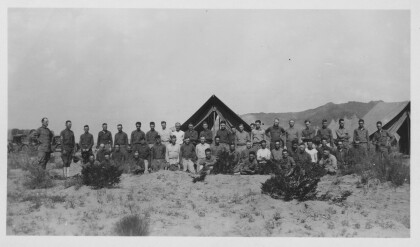
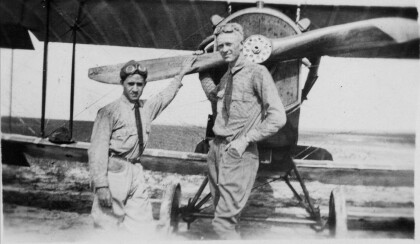
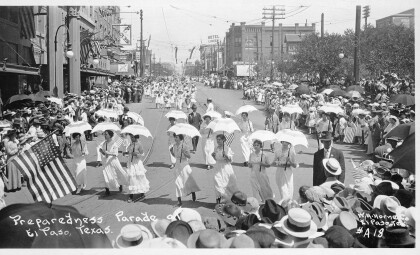
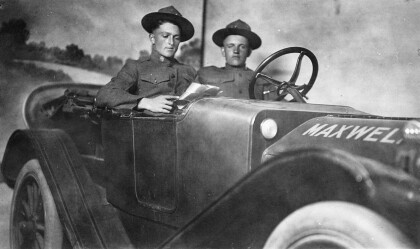
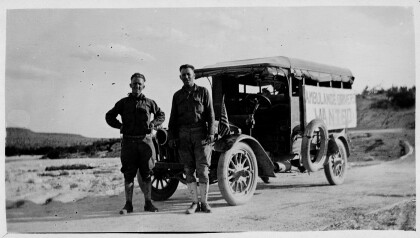
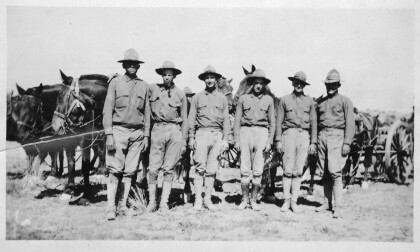
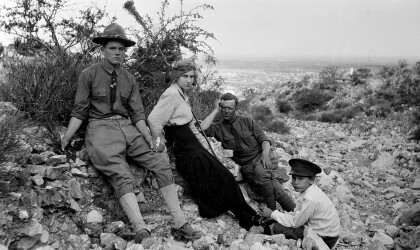

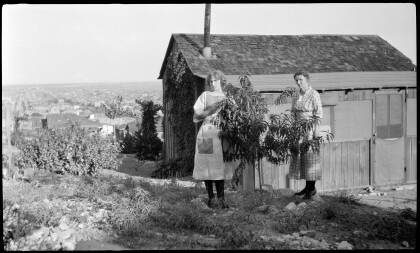
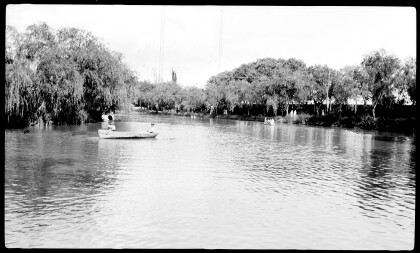
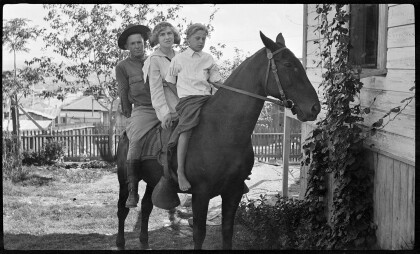
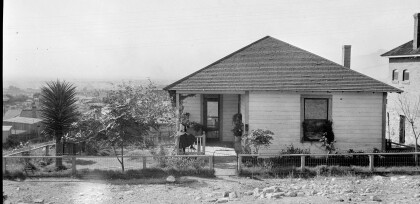
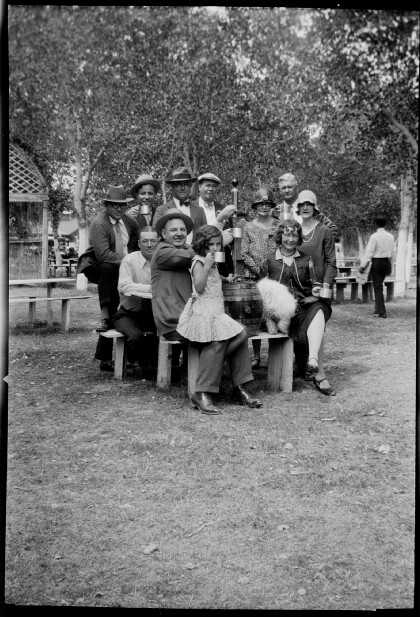
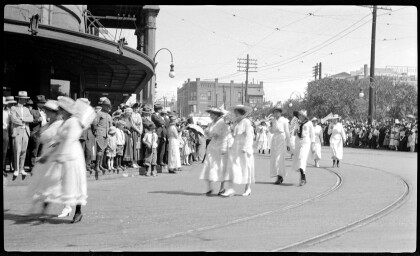
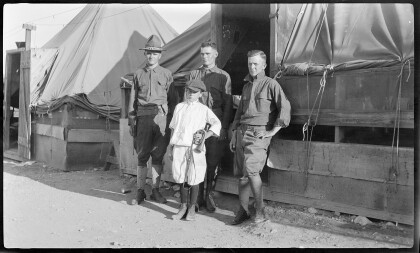
Comentarios
Hacer un comentario